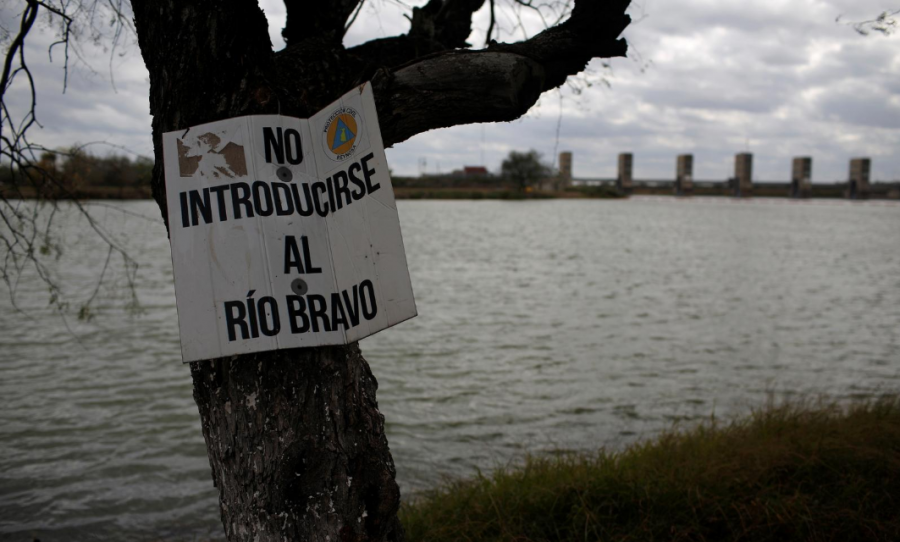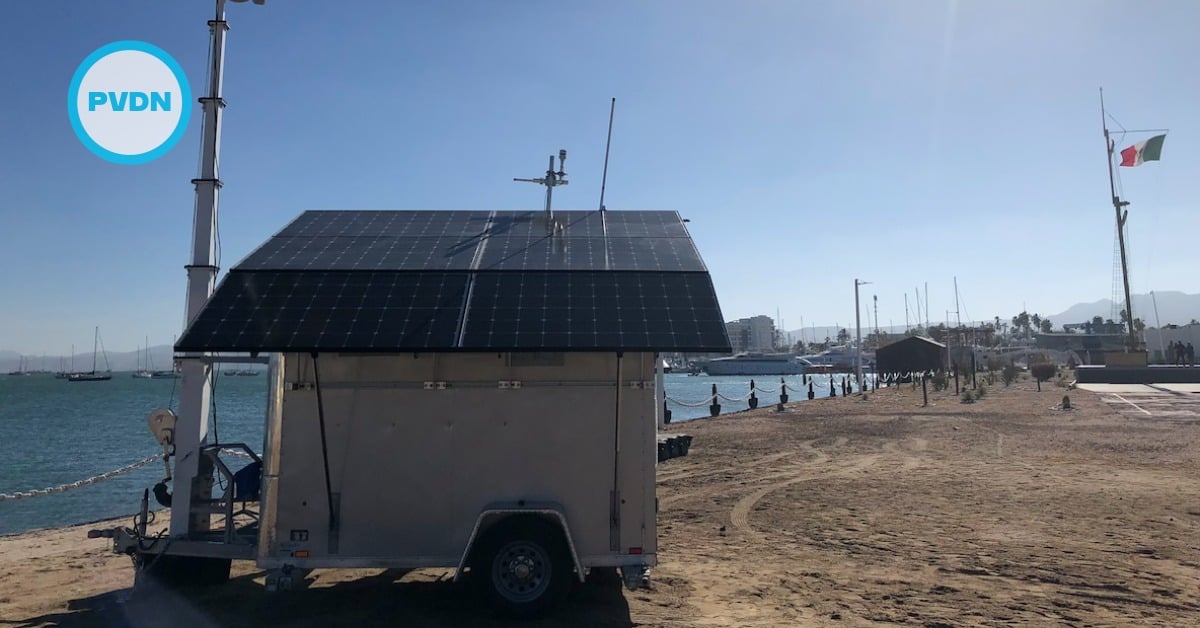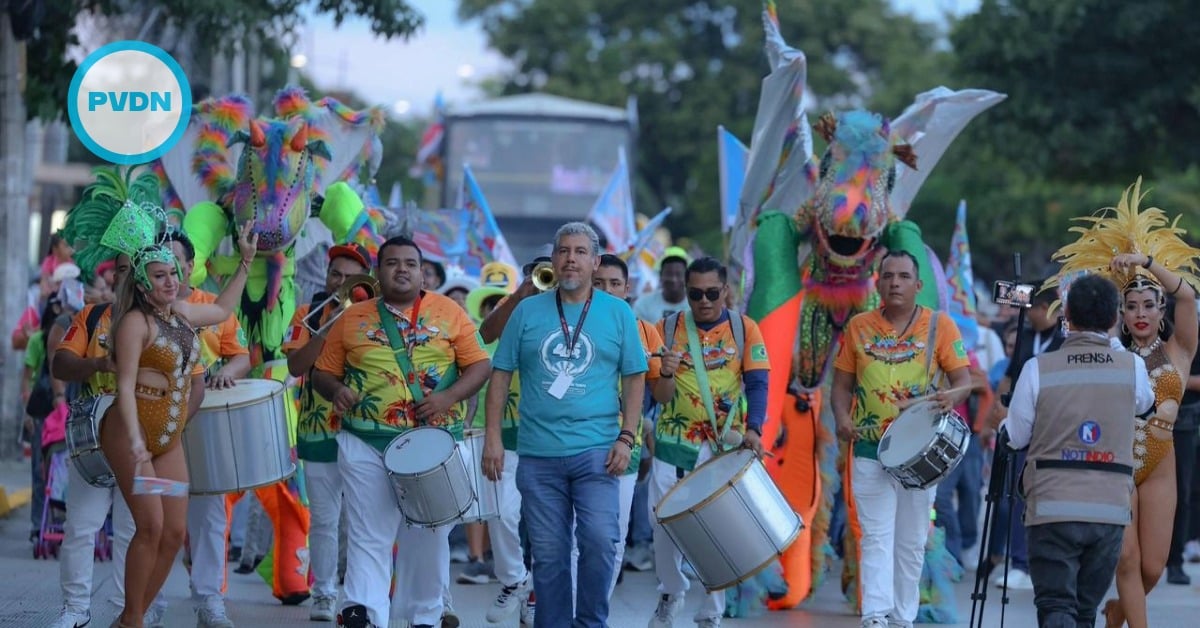Central Americans who fled violence for refuge in the United States risk kidnapping or death under a new U.S. plan to deport them to murderous and cartel-wracked Mexican border cities while their asylum cases are processed. The city of Reynosa, and a nearby stretch of the Rio Gra…






